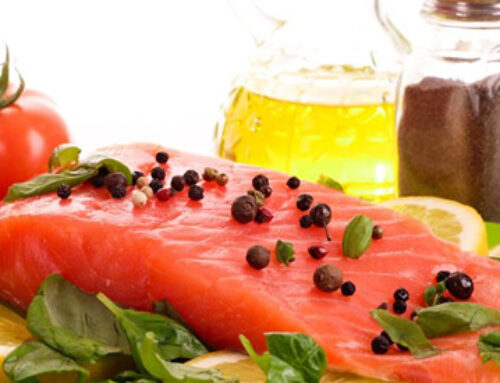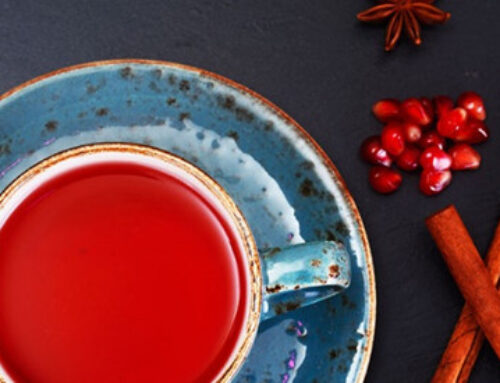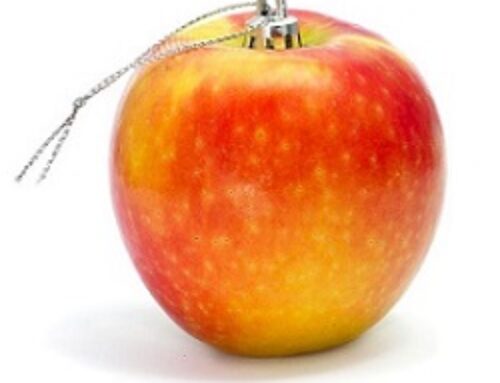In this article, I address complexion and how diet is an integral and undeniable part of one’s exterior.
I worked for years as a cosmetologist before going back to school to study nutrition. Part of the reason behind my decision to change careers was the realization that many of my clients were dealing with rapid aging throughout their body. I could make them look good at a superficial level but could not help them with their real health problems which show up in a variety of ways cosmetics can’t hide. This caused intense anxiety for many of my clients. Often, I would ask my aesthetic clients questions about their diet—what were their favorite foods, did they eat meat, were they into low fat, did they like veggies and fruits and especially what types of oils did they cook with the most? I wanted to see if there might be a correlation between the diets of my clients and the condition of their general health, but especially their skin since skin seems to be a billboard for the health of the body. It was all very unscientific but I did see some interesting correlations in how their skin was aging—particularly collagen, elasticity and the density of lines on the face. Women who consumed healthy foods tended to have better skin than those who consumed large amounts of processed foods, used polyunsaturated vegetable oils for cooking, ate a low fat diet, and those who admitted to sugar addiction. The latter group also tended to have more inflammation in the form of arthritis. A big surprise to me was that vegans and vegetarians did not have healthier looking skin than meat eaters, but skin quality was dependent on age and length of time on the diet. The longer a client was a vegan/vegetarian, the less healthy glow, and sometimes many more lines, I observed.
I know that what I noticed is subjective and not scientific at all but these were my observations. These are still my observations as a functional nutritionist. When I start with a client, I start with some careful observations: are their eyes clear and bright, does their skin look healthy with a nice glow? There are reasons why we can see how diet correlates with aging. What we choose to eat can slow or accelerate the rate of aging and sometimes the skin is compelling evidence for the body’s interior. Remember: what’s happening on the outside is a mirror of what’s happening on the inside.
Industrialized Seed Oils (Canola, Corn, Soybean)
The fats we consume are underestimated for their power to slow or accelerate aging. Fats like canola, corn, and soybean oil are all dangerous chemical fats and are omnipresent in processed foods1. These fats are new fats. The human race did not evolve with these industrialized seed oils in our diets. They were simply not available until modern times when machinery was invented to process them. We have been led to believe these oils are healthy but if we are consuming these man-made fats, they are taking the place of the natural fats our bodies have evolved with over time and use for many metabolic functions.
Chemical fats are not able to support proper metabolic function at a cellular level. Healthy fats like butter (ghee), tallow, lard, coconut, olive, macadamia and avocado oil among others, can be used for the construction of healthy cell membranes which surround every cell in our body. Healthy cell membranes are important because our cells need to communicate with each other. Our cells can’t communicate correctly when the cell walls are made up of processed inferior fatty acids. It’s a communication breakdown which leads to disease.
Polyunsaturated oils are fragile and easily oxidized simply from being exposed to oxygen, heat and chemicals like hexane during processing. They are susceptible to oxidation (oxidation causes toxic free radicals) from light, including the light the bottles are exposed to while sitting on the shelf in the grocery store. Of course, the heat used in the extraction process of vegetable oils, not to mention the heat from cooking, causes extreme damage to the oils as well (forming dangerous compounds and more free radicals). Because of this, the next step required in processing is bleaching and deodorizing, causing more damage in the form of trans fats. Before you purchase these oils and take them home they are already ruined, full of free radicals and completely unfit for consumption. Rancid fats do not promote anti-aging, they accelerate the aging process and it shows on our skin.
Our addiction to the standard American diet, which is rich in processed industrialized seed oils, means we are consuming high amounts of polyunsaturated fats, as these are used almost exclusively in the manufacturing of processed foods. Processed foods are a tempting purchase for consumers because they are so inexpensive (of course this is because they are manufactured with cheap ingredients, especially cheap industrialized seed oils). And most people who do cook use polyunsaturated vegetable oils as well.
This creates high levels of omega 6 fatty acids (which are in polyunsaturated fats), in the body. Elevated levels of omega 6s are pro-inflammatory. We need some omega 6s –they are essential in the right amount and from the right source—but when the ratio of omega 6 to omega 3 is too high, it will activate several inflammatory pathways. The omega 3 fatty acids are anti-inflammatory but when inadequate amounts are consumed they cannot do their job of reducing inflammation caused by the high proportion of omega 6s.
Historically, when our ancestors were eating the diet we evolved to eat, they were consuming naturally high levels of omega 3 fatty acids from grass-fed ruminants (beef, lamb, goat, etc.), fatty fish, shellfish and egg yolks, and less of the omega 6 fatty acids. The ratio is thought to have looked more like a 1:1 ratio. Today, it is common to see an omega 6 to omega 3 ratio at around 15:1, sometimes more. This can easily cause runaway inflammation (aging) in our body.
Misleading Information
A while back, I picked up a popular magazine on health and nutrition and the featured article written about fats completely contradicts what I’m writing here about fats. I see this very often! No wonder there is so much confusion about what the real healthy fats are we should be eating. It may be that the authors’ research supporting the consumption of vegetable oils comes from studies funded by the Edible Oils Industry (EOI). The powerful EOI tells us these chemical man-made fats are good for us and that we should replace our heart disease causing saturated fats for their oils. But they might be trying to convince us their oils are healthy because they sell them, right? Of course, this marketing works quite well and it is unfortunate there is far more inflammatory soybean oil in America’s pantries than health-promoting olive or avocado oil.
Everyone’s nemesis: sugar!
A very big factor linked to aging skin are advanced glycating end products (AGEs). I’m sorry to inform you sugar is extremely glycating (as are the chemical fats mentioned above). Sugar is a sticky molecule not only on our fingers when we eat a glazed donut but also in our body. What does glycation mean exactly? Glycation is the destructive process by which sugar binds to proteins and tissues in our body like collagen and elastin. This sticky molecule creates terrible damage by attaching to and denaturing proteins. They become damaged, misshapen, and oxidized. Oxidation occurs when there are unpaired electrons. Electrons like to be paired up with other electrons. When they are paired they are stable and do not cause oxidative damage and glycation, but when they are unpaired they create havoc by destroying tissue and damaging DNA. It’s time to let the sugar habit die.
I know most of you will have difficulty eliminating sugar. I have taught a sugar detox class for years now and I see the same issues repeatedly. Sugar is terribly addicting—even more addicting than cocaine according to studies2—and it seems few people are able to give it up permanently. But, I must remind you that cancer loves sugar, cavities are caused by sugar, we gain weight usually because of sugar, the inflammation that causes heart disease is caused by sugar, sugar disrupts our microbiome, creating dysbiosis and fueling candida. Sugar ages us in more ways than just glycating our tissues and making our skin look splotchy and saggy; it can rob us of quality years.
The Popular way to Deal with Aging
I’ve seen a new industry booming in the field of medical aesthetics. Women and men are flocking to have injections of Botox and fillers injected into their bodies to keep aging at bay and they do seem to help. I’m not being pejorative here, but it will only slow the look of aging on the outside. What good is a good looking outside if the inside is broken down?
Reverse Aging
At this point, your diet is the only thing that will actually slow the aging process. And it works! Removing sugar, processed foods full of destructive fats, preservatives and refined flour; then adding back in the foods that heal and repair tissues like bone broth, salmon, mackerel, sardines (which I love) and other wild caught cold water fish, which are full of the healthy omega 3 fatty acids, will turn back the clock. Increasing foods that are nutrient rich and high in antioxidants and minerals, and consistently using high quality food-based supplements, rounds out the protocol for slowing the aging process. When people feel good, they look good regardless of their age.
Always remember to be conscious about your food choices. The diet we cling to is the diet that nourishes us or tears us down. Our food choices preserve our youthfulness or hurries us into old age.
Also see my article: The Bad Fat
Cited References:
- Enig MG. Know Your Fats: the Complete Primer for Understanding the Nutrition of Fats, Oils and Cholesterol. Silver Spring, MD: Bethesda Press; 2010.
- Davis, N. Is sugar really as addictive as cocaine? Scientists row over effect on body and brain. The Guardian Web Site. Published 25 August 2017. Accessed January 2019. Available here.
 |
 |
 |
 |






